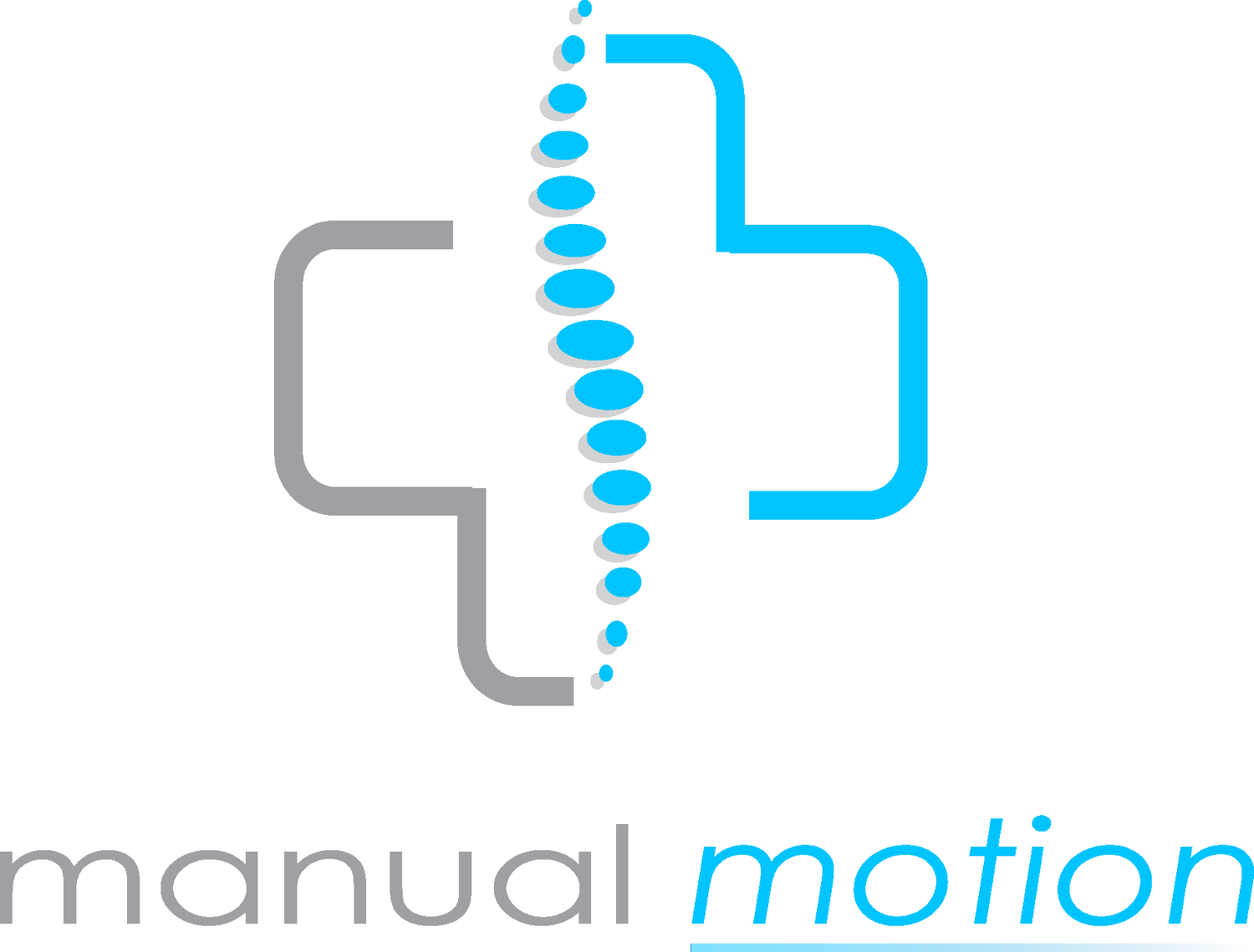A guide to stay active during the day
The importance of staying active
When you’re stuck at the office, working from home, or quarantining, it isn’t easy to stick to an exercise routine, or those walks you’ve told yourself you’ll do. Maybe the gym is too far from you, or you don’t have the energy after a long day of work. Everyone knows exercise is one of the most powerful tools we have to stay physically and mentally strong, as well as easing stress, anxiety, depression , high blood pressure and even diabetes. Your occupation can also create compensation and tension patterns in the body, leading to low back, neck, or joint pain. Getting out of your normal schedule and incorporating new habits can definitely help with easing pain and discomfort. And it doesn’t have to be spent in the gym for an hour every day. As a Manual Osteopath, we understand that little breaks in your day to spend walking around or taking the stairs can be very beneficial. There are many little habits you can incorporate into your day that can help you benefit from staying active.
The key to keeping on track with active goals
Planning is key to develop and maintain either an exercise routine, or little habits that help you stay active. Many people report feeling tired after work, or not having enough time with taking care of the kids. This is why it is important to set reasonable goals on activities you enjoy. You’re more likely to stick to a routine if you start small, and work your way up.
Pick exercise times that work for you. Everyone knows their schedule, and they know which times do not work for them, it is important to pick a time that works best for you to stay on track. This will be different to everyone, but it can be early in the morning, on your lunch break, or after work.
Tell others about your goal: Telling friends or family about your goals are a great idea to keep you accountable. You’re less likely to skip a session if you know your friends or family will ask you how its been going. If you complete your goal and they ask about it, you will get a boost of positive feedback that will help you stay on track.
Tips for staying active- anywhere
Many patients that come to us report sitting, or standing or walking the same way for years. This can create a compensation pattern in the body and can be a cause of pain or discomfort in your back, neck, shoulder, ankle, hip, etc. Breaking away from this pattern can help you stay more balanced and movement can help with proper blood and nerve flow to joints that can help ease pain and discomfort. Always remember to seek a physicians advice if you have any health concerns, and if you feel pain during an activity, stop right away and go to your physician.
Get outside as much as possible: Take a walk during your lunch break, ride a bike outside, maybe even consider walking to work if you live close by. The fresh air and sunlight will further benefit your mental health and help you not feel isolated and trapped indoors.
More movement indoors: This may sound silly, but try walking around your house if you are waiting for food to be made, or have some time to waste. Even trying some body weight squats to get your body moving and blood flowing can help. You can also try taking the stairs to work, or if you live in a condo/apartment, try taking a few stairs every once in a while.
Keep your movement goals interesting: Think about listening to a new podcast, or music while walking, or exploring a new area in your neighborhood. You can even call friends or family while walking to keep you engaged.
Join the kids: Play catch or tag with the kids, join them for a bike ride, kick a soccer ball around with them. This will not only help you grow a stronger relationship, but also increase your heart rate and blood pressure, and get you away from sitting on the couch after work.
Always think about what you do during your work days. If you sit all day, try standing or walking around. If you stand all day, try to move around. The human body is very advanced and capable of molding to what stresses are placed upon it, so if you sit for 45 hours a week, it won’t be long till your body adapts and starts to mold to that posture, which can cause stress and strain on your body. Moving around and breaking those patterns even if it is 20 minutes a day can have a significant benefit to easing your pain or discomfort.

